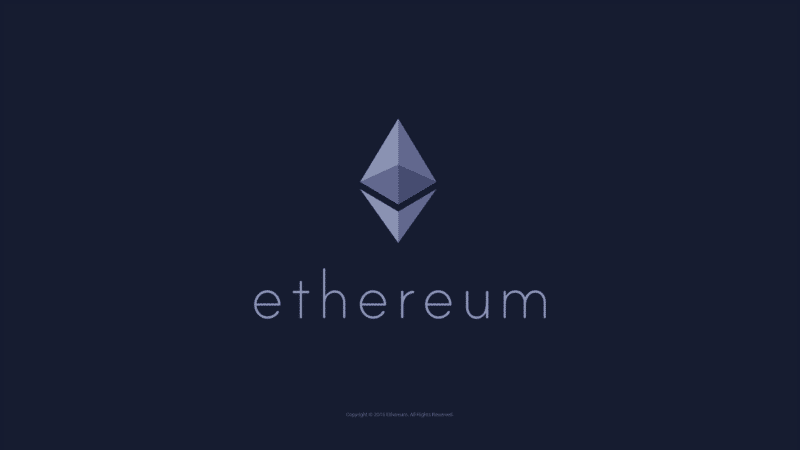The Full Comprehensive Version of Article is Originally Posted on CoinCentral.com at https://coincentral.com/what-is-ethereum/
Authored by ALEX MOSKOV
Ethereum is an open-source blockchain-based platform that essentially enables hundreds of decentralized cryptocurrencies and projects to be built and deployed exist without having to build their own blockchains.
With the second largest market cap in the cryptocurrency world, Ethereum has drawn a lot of attention from investors and crypto enthusiasts alike.
Ethereum not only presents a significant change to the status quo, it also allows for the quick development and deployment of new applications presenting niche solutions for various industries.
While Ethereum’s utility is obvious to programmers and the tech world at large, many people who are less tech-savvy have trouble understanding it. We’ve designed this guide to appeal to both crowds and expose anyone from complete crypto beginners and intermediates to this potentially world-changing cryptocurrency.
Ethereum vs. Bitcoin
If you’re interested in Ethereum, chances are you have some sort of foundational knowledge of Bitcoin.
All cryptocurrencies inevitably get compared to Bitcoin, and it frankly makes understanding them much easier.
Bitcoin launched in 2009 as the world’s first cryptocurrency, with the single goal of creating a decentralized universal currency. This currency would not require any intermediary financial institutions, but would still ensure safe and valid transactions. This was made possible by a revolutionary technology called the “blockchain.”
The blockchain is a digital ledger, continuously recording and verifying records. It’s used to track and verify Bitcoin transactions. Since the global network of communicating nodes maintains the blockchain, it’s pretty much incorruptible. As new blocks are added to the network, they are constantly validated.
Similar to Bitcoin, Ethereum is a distributed public blockchain network. While both Ethereum and Bitcoin are cryptocurrencies that can be traded among users, there are many substantial differences between the two.
Bitcoin, for example, utilizes blockchain to track ownership of the digital currency, making it an extremely effective peer to peer electronic cash system. Ethereum, on the other hand, focuses on running the programming code of an application. Application developers largely use it to pay for services and transaction fees on the Ethereum network.
Both Bitcoin and Ethereum are “decentralized,” meaning they have no central control or issuing authority. Respective miners run each network by validating transactions to earn either bitcoin (for Bitcoin) or ether (for Ethereum).
Ethereum is simply the application of blockchain technology for a completely different purpose.
What is Ethereum?
Simply put, Ethereum is a blockchain-based decentralized platform on which decentralized applications (Dapps) can be built.
Remember, blockchain isa database with no central server that keeps track of every transaction and exchange. The vast majority of cryptocurrencies and decentralized projects run on some application of blockchain.
We’ll jump into decentralized apps—referred to as dapps–in greater detail later, but just know they are applications that serve a specific purpose to a user. Fasten your seatbelts, some of these dapps are amazing.
Ethereum’s appeal is that it’s built in a way that enables developers to create smart contracts. Smart contracts are scripts that automatically execute tasks when certain conditions are met. For example, a smart contract could technically say, “pay Jane $10 if she submits a 1000 word article on goats by September 15, 2018,” and it would pay Jane once the conditions are met.
These smart contracts are executed by the Turing-complete Ethereum Virtual Machine (EVM), run by an international public network of nodes.
The cryptocurrency of the Ethereum network is called ether. Ether serves two different functions:
Compensate the mining full nodes that power its network. This keeps things running smoothly at an administrative level.
Pay people under smart contract conditions. This is what motivates users to work on the Ethereum platform.
If you’re still a little confused, don’t worry. The underlying technology is complicated even at a surface level.
By the end of this guide, you’ll have a better understanding of Ethereum than 99.999% of people out there… and that’s a pretty good start!
We’ll go over things such as how Ethereum functions, Ethereum’s history, and some of the exciting dapps running on the Ethereum platform.
Editor’s Note: Article updated on 7/9/2018. Thank you to Wilton Thornburg!

















